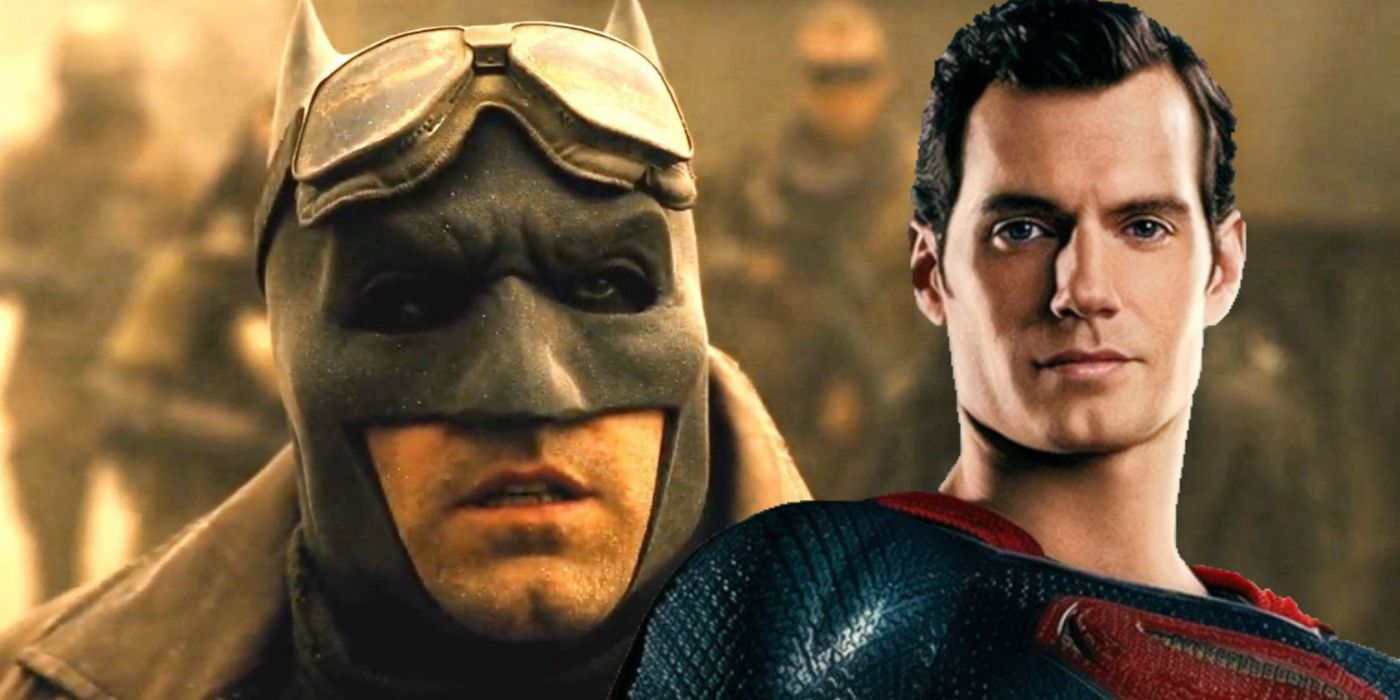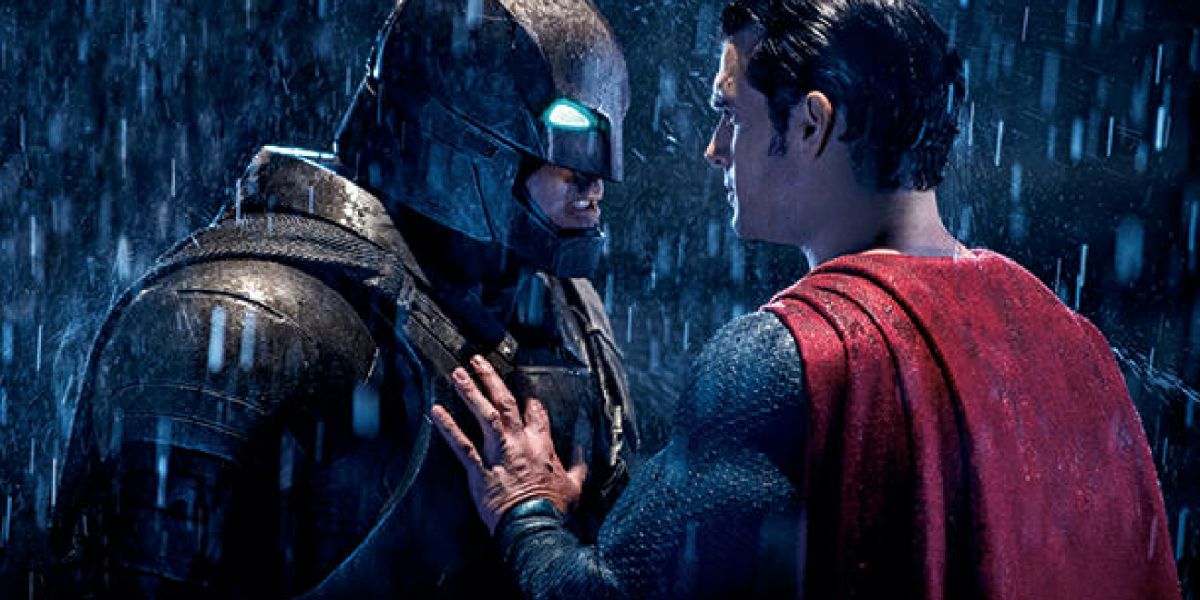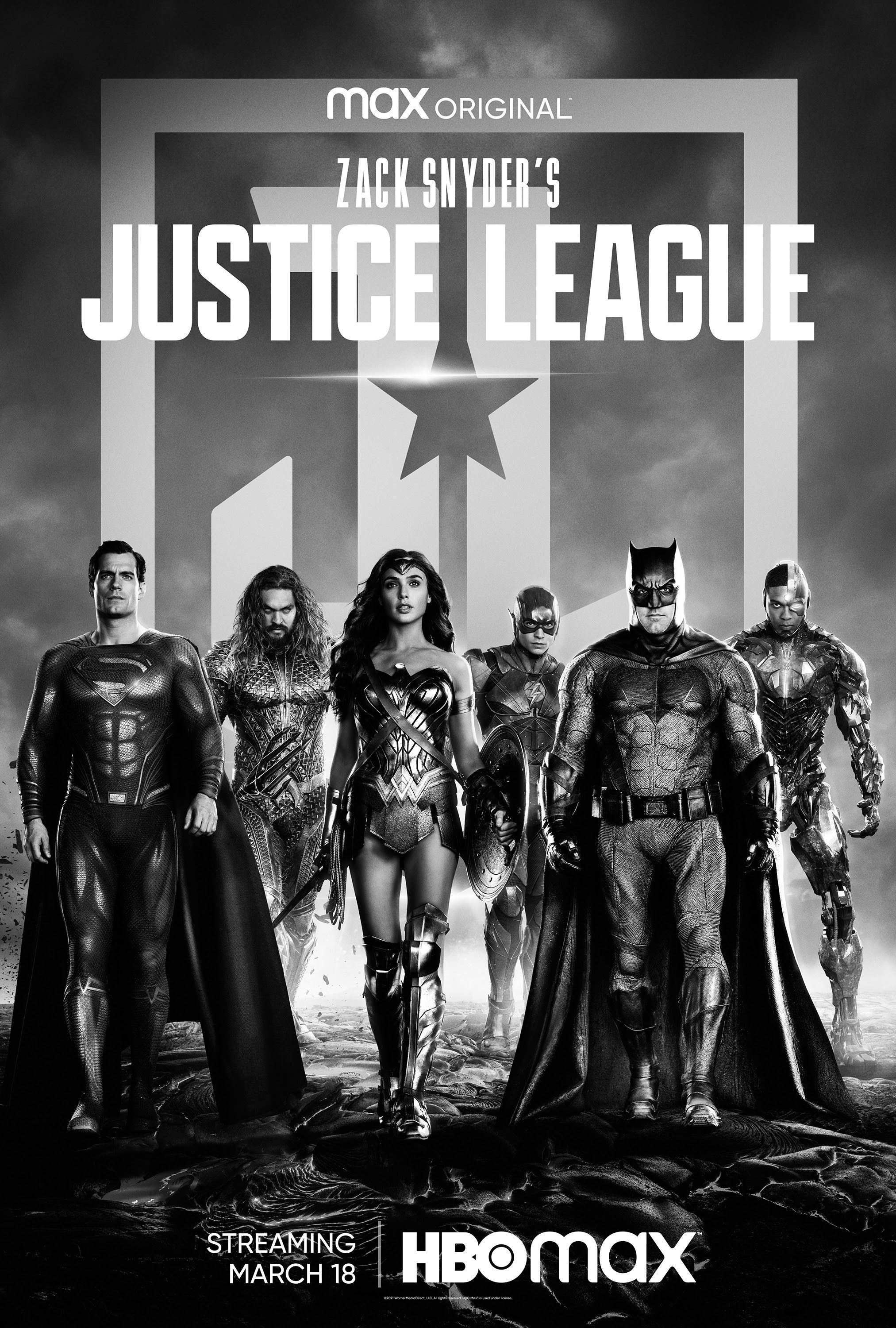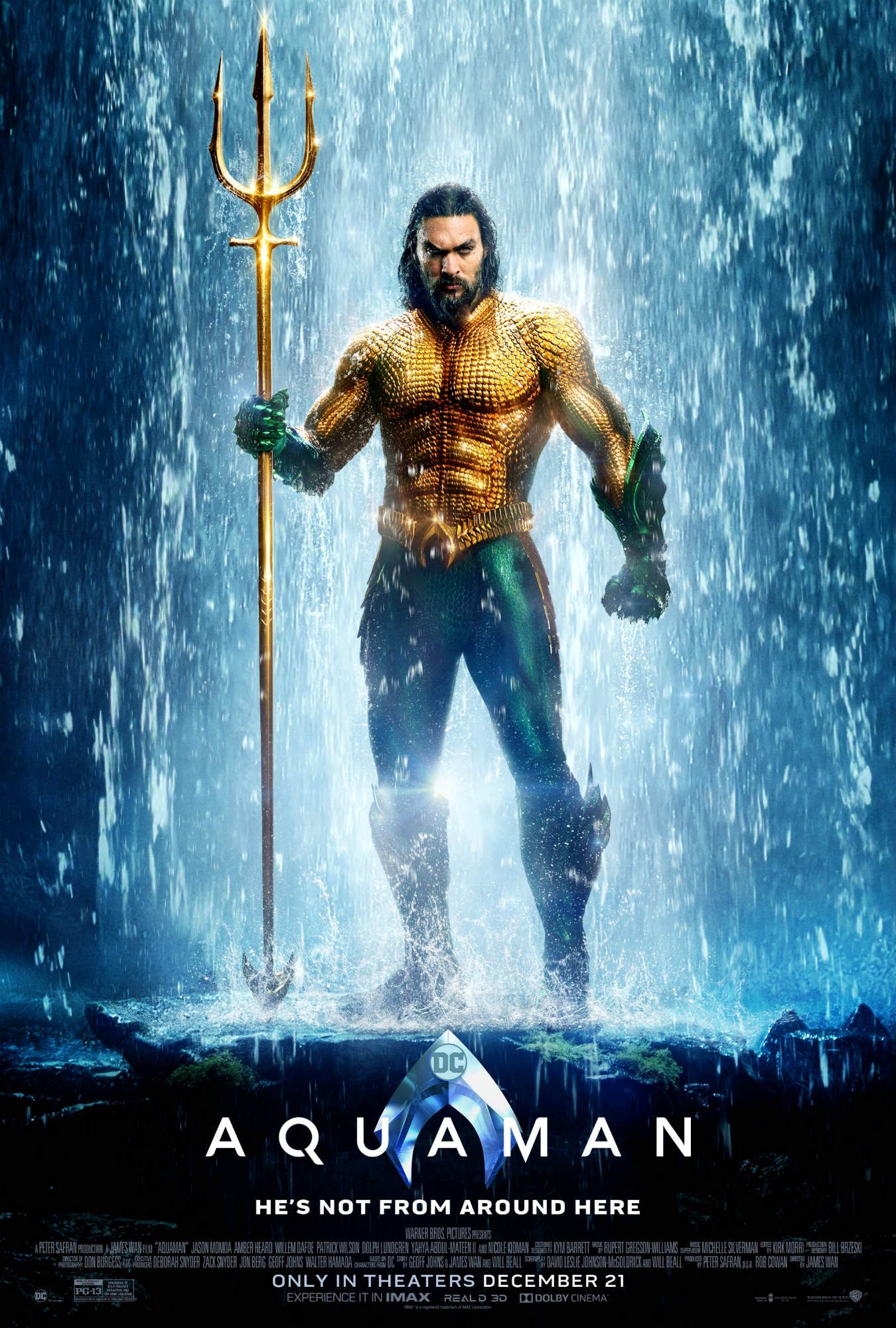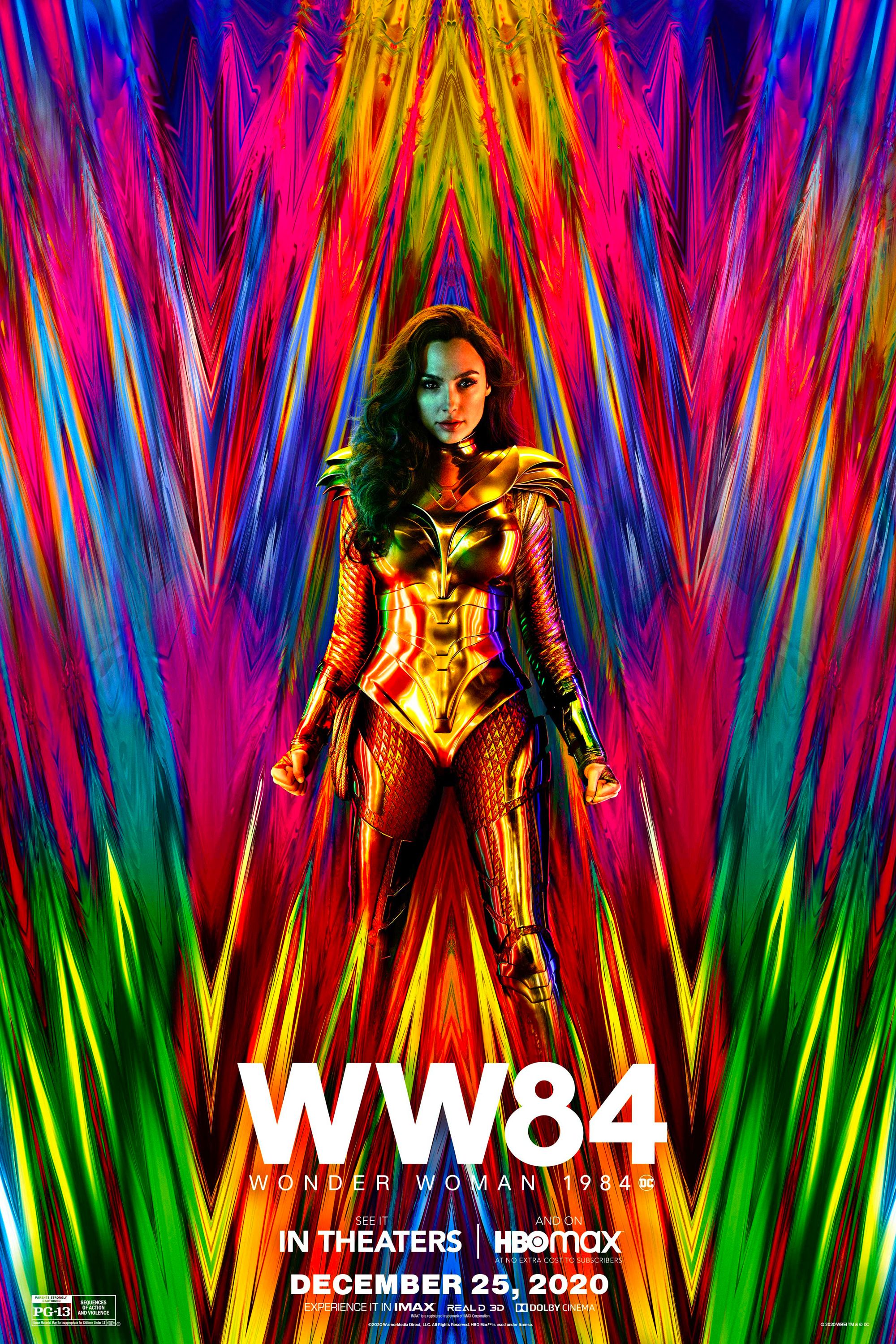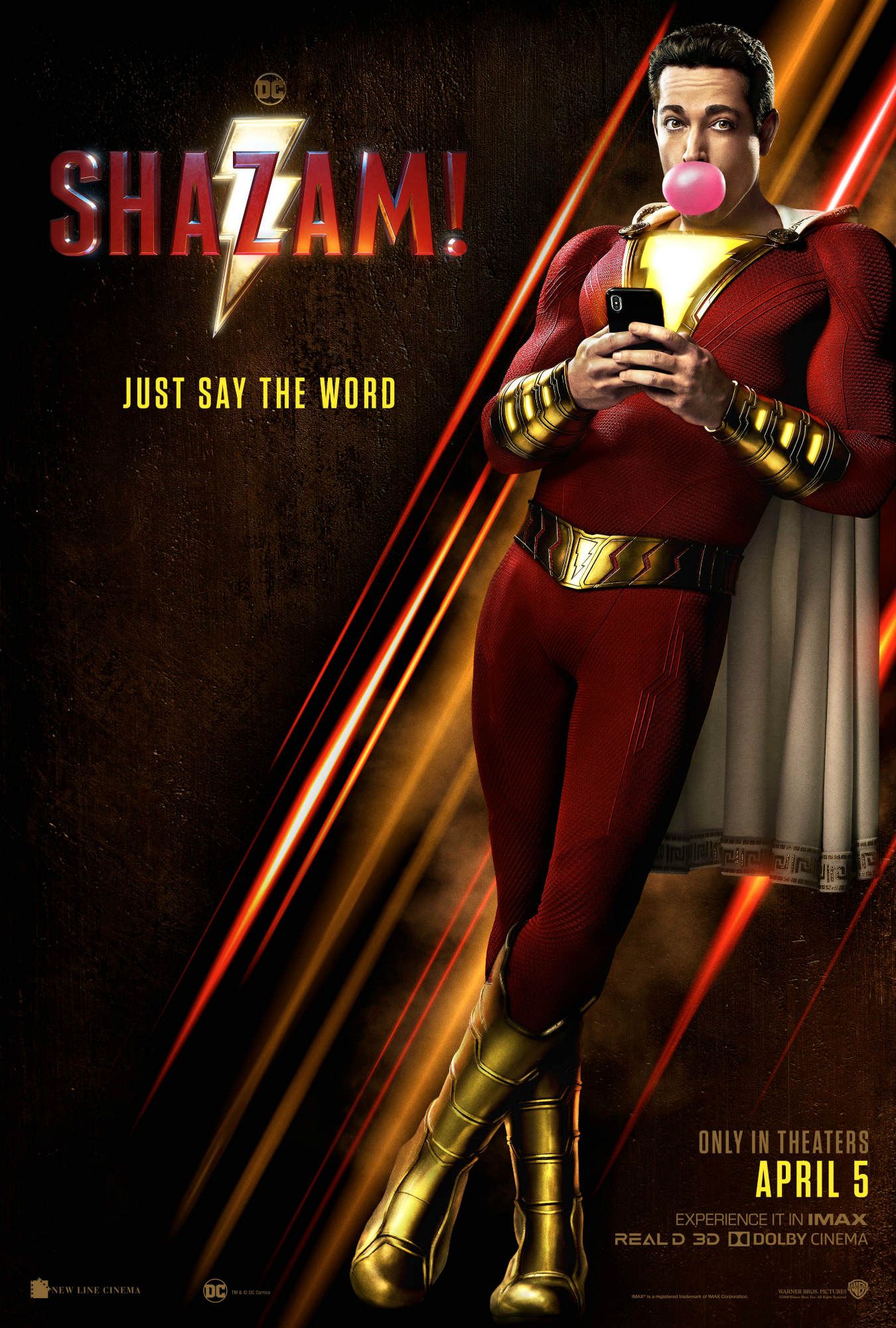This post contains spoilers for Batman V Superman & Justice League.
Justice League has finally arrived, and it continues the story that left off with Zack Snyder's 2016 film, Batman V Superman: Dawn of Justice. But does that mean you need to see the filmmaker's previous movie in order to understand Justice League? Definitely.
Batman V Superman - a follow-up to Snyder's 2013 film, Man of Steel - officially launched Warner Bros.' DC Comics-based universe (unofficially known as the DCEU). Henry Cavill reprised his role as Superman, with Ben Affleck as Batman and Gal Gadot as Wonder Woman. The film also briefly teased Ezra Miller as Flash, Jason Momoa as Aquaman, and Ray Fisher as Cyborg. Batman V Superman takes place almost two years after Superman's climactic battle with General Zod in Man of Steel, with Batman taking it upon himself to strike and possibly kill Superman in order to safeguard humankind from the Kryptonian's potential fall into villainy.
Related: Zack Snyder Hasn't Seen Justice League
Among audiences' many grievances about Batman V Superman was that the film spent too much time trying to set up the newly-formed shared universe and part of that was laying the foundation for Justice League: Superman's death, Steppenwolf's tease, the League members' mentions, and so forth. The fact is, Batman V Superman was essentially part one of an overarching narrative that sets up the rest of the shared universe, and Justice League acts as the second part of that story. That's not necessarily a bad thing, but it does present some narrative puzzles for the uninitiated.
Seeing Justice League as Batman V Superman: Part Two is essential in coming to terms with its streamlined nature, especially since Snyder's past DC movies (including Watchmen) all have been much longer than a mere two hours. What's more, many people who skipped Batman V Superman may believe that Justice League could be their entrance into the shared universe. And while Justice League does act as DCEU's rebirth of sorts, audiences won't understand why the heroes are in their particular situation, or how and why Superman died, if they don't first watch Batman V Superman.
An important distinction is that the story regarding Steppenwolf's return, and why the League comes together to fight the supervillain and his army of Parademons, arises from Justice League, but seeing Batman V Superman is necessary to understand how Batman was first made aware of their existence, why he's searching for Parademons in Gotham, why he believes an invasion is coming, and why he needs the world's finest heroes to help him defend the planet. Also, subliminal connections between the movies may go undetected by general audiences, whereas franchise fans who've paid close attention to each chapter will appreciate certain nods and answers.
Overall, Justice League's story isn't standalone, it's a direct continuation of Batman V Superman that leaves room for more stories to be told - and seeing the film from that perspective may give audiences a better understanding of its story and purpose at this stage in the DCEU.

